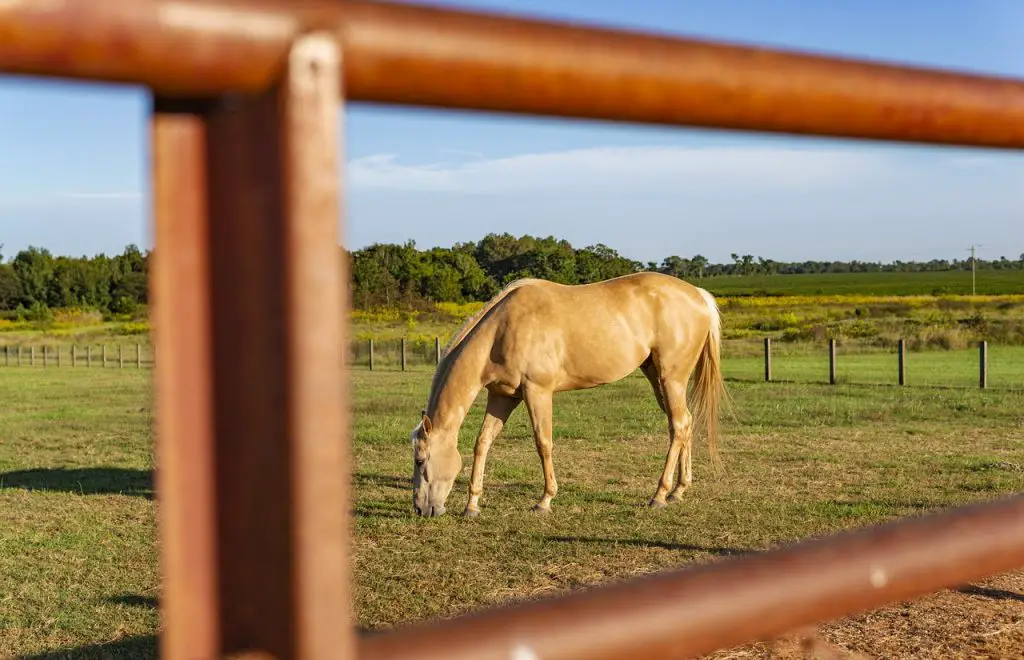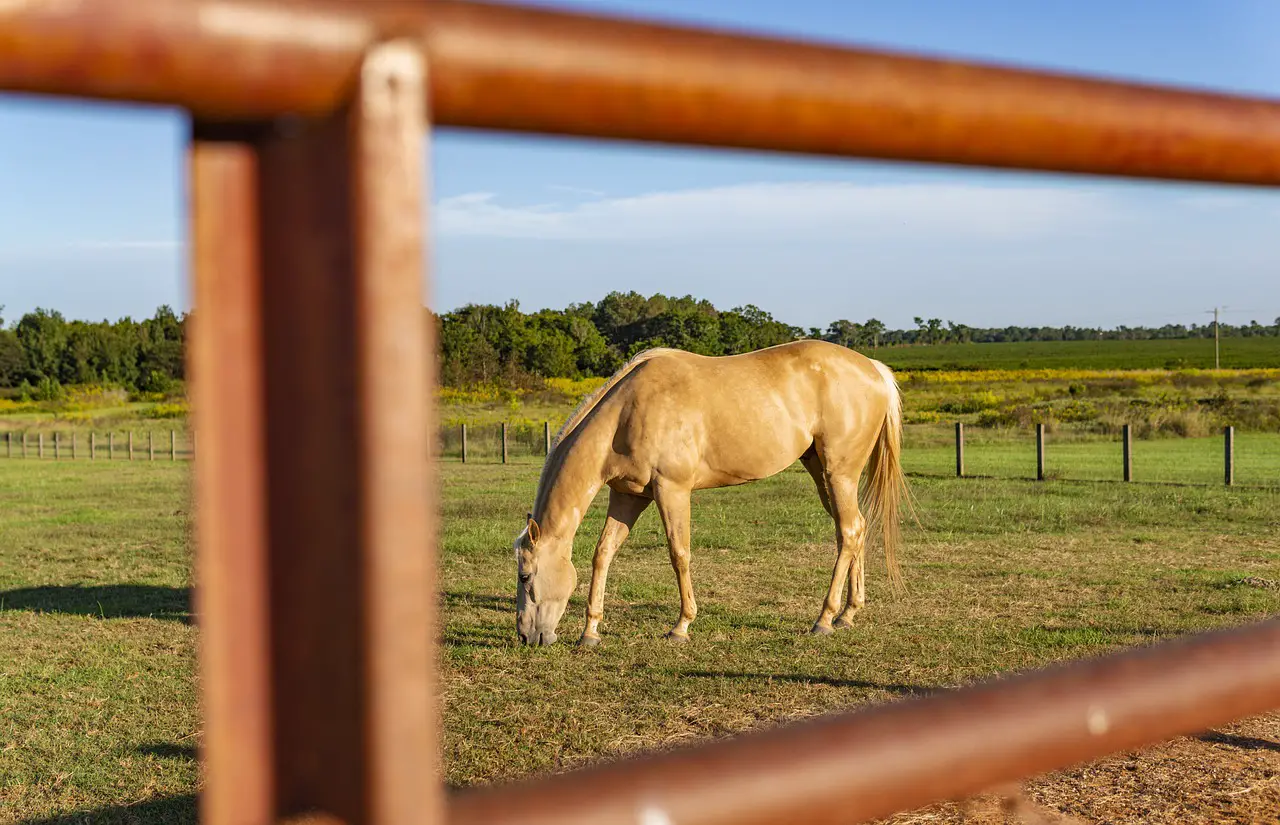Last Updated on February 21, 2022 by Allison Price
Fescue…what’s not love about it? It has many benefits for landowners in North America as well as other parts of the globe like New Zealand and Australia. Its resilience allows it to thrive in adverse growing conditions, heavy hoof traffic, and intense grazing.
Do you have any questions about the slight problem of endophyte poisoning? It’s not that slight; in fact, 75% of all fescue has been infected by the endophyte Acremonium Coenophialum.
Endophyte refers to a fungus which grows in another plant and does not cause harm to the host. Sometimes, the fungus can actually be beneficial to the host plant. Acremonium coenophialum is one example. Alkaloids are produced by the fungus, which protect plants from certain natural insults like insects and nematodes. They are more resistant to suboptimal soils and less-than-optimal growing conditions because of their durability.

Mare owners are well aware of the dangers associated with grazing mares that are late-pregnant on tall, endophyte infected fescue. Fescue toxicosis is a group of problems that can be caused by the grass in broodmares. These include prolonged gestation (up to 13 to 14 months), foaling difficulties and thickened placentas. Tall fescue can cause foal problems and other complications beyond foaling. Breeders may find it difficult to get affected mares back in foal.
It has been a good management strategy to remove mares from tall fescue infected by endophyte 90 days prior to foaling. The newer varieties are also endophyte free, which gives breeders some peace of mind. However, these newer varieties do not have the resilience of their forebears. These varieties are more susceptible to adverse weather conditions and more difficult to maintain.
Horsemen tend to be most concerned about ensuring that pastures are free of fescue and endophyte-free fescue. However, it is possible for fungus to enter mares’ diets unintentionally. It can happen either as bedding or as hay.
In winter months, hay is often an essential part of broodmare management. Baled hay is often used to meet forage needs when pasture plants are dormant. Broodmares will prefer high-quality grasshay over alfalfa because it meets their nutrient needs without adding calories or cost.
However, grass hay is not always pure. Except for popular forage types like timothy and orchardgrass which might approach a higher purity level, grass hay is often described as “mixed”. This means that it may contain fescue. Endophyte may also be present in mixed grass hay if it is bought from an unknown buyer. Fescue can be easily identified in pastures and fields, but it will blend with other grasses when it dries. Similar to other grasses like bluegrass orchardgrass and orchardgrass during curing, tall fescue leaf rolls into a tight circle, making it difficult to identify. Although commercial tests can detect the fungus on living plants, there are no tests for the presence in hay.
Fescue is not usually raised as hay for horses. Even if it is, it is often harvested in a later stage of maturity when its palatability is low and its nutrient value is low. Horses will often eat it because of its palatability.
When purchasing hay for pregnant mares make sure it is not contaminated with fescue. Double-check to make sure that the plants have not been contaminated with endophytes if fescue is found. The hay should not be fed to horses or other livestock if this is not possible. Non-pregnant women are not likely to experience side effects from endophyte infected fescue.
Horses end up using forage that is not suitable for their consumption as bedding. This is common on large farms, where horses are provided with fresh bedding every night or when straw becomes scarce.
Fescue can be used as bedding because of its low nutritional value.
Mares can eat bedding and could be at risk of fescue toxicosis if they do. Horses will gravitate towards high-quality forage but it is not uncommon for them to chew through quite a bit of bedding. Because of their tendency to eat bland-tasting straw, many horses can’t be bedded on straw. A specialist in agronomy or another field should inspect any discarded or poor forage before it’s used to bedded down mares in late gestation.
Also, mares shouldn’t graze on fields that have been strewn with used bedding. If the pastures are to be used by mares, seeds may fall from the plants and germinate. These are the key points to remember when you’re fine-tuning a broodmare management program.
* Examine fescue hay just like you would pasture. This is especially important for farms that buy hay from multiple suppliers. Fescue toxicosis can be as harmful in hay as in fresh forage.
Be sure to choose your bedding carefully Baled pasture clippings can be a good option for bedding, but make sure that they are not mixed with other grasses. Fescue isn’t a popular forage for horses but some mares may choose to eat fescue to increase their variety.
* Don’t spread fescue waste-contaminated bedding on pastures where mares may one day graze. These plants could contain seeds that can germinate and grow.



